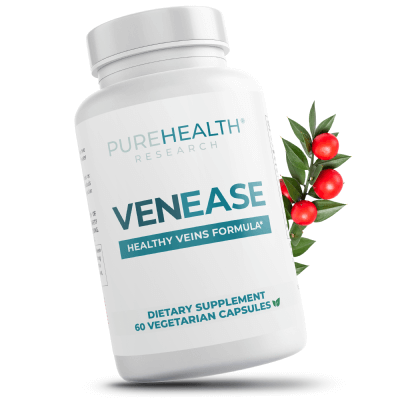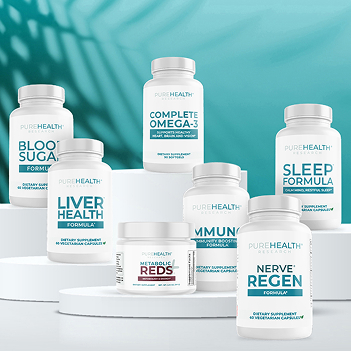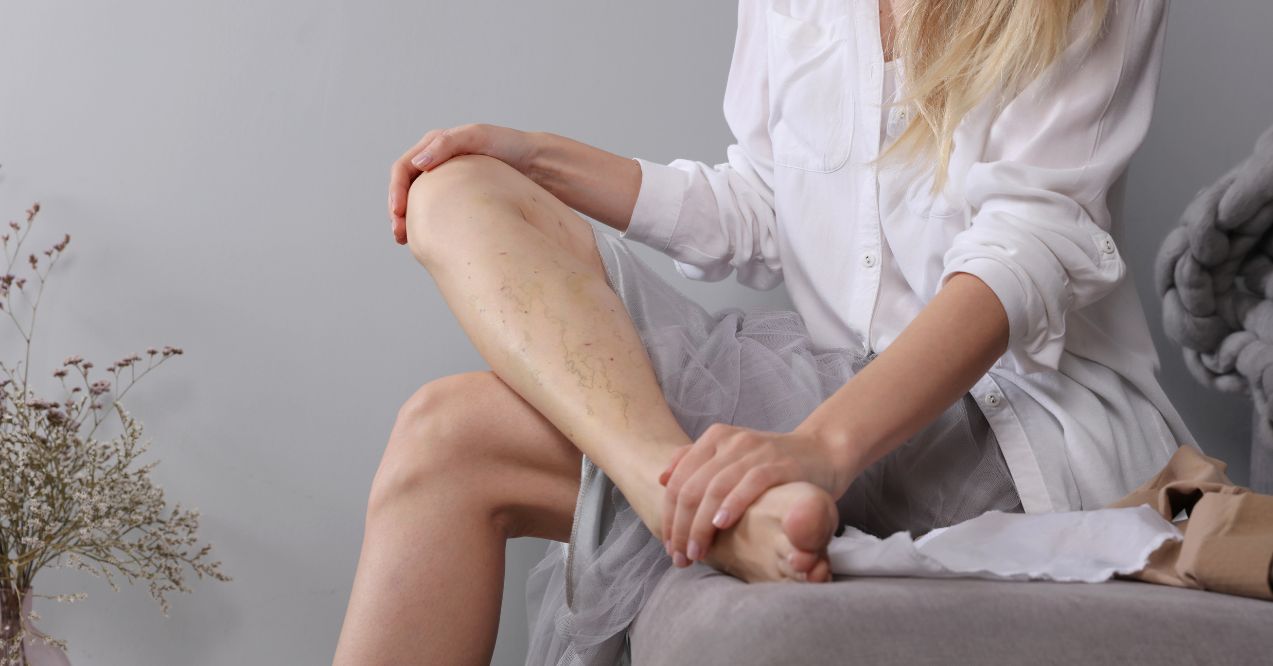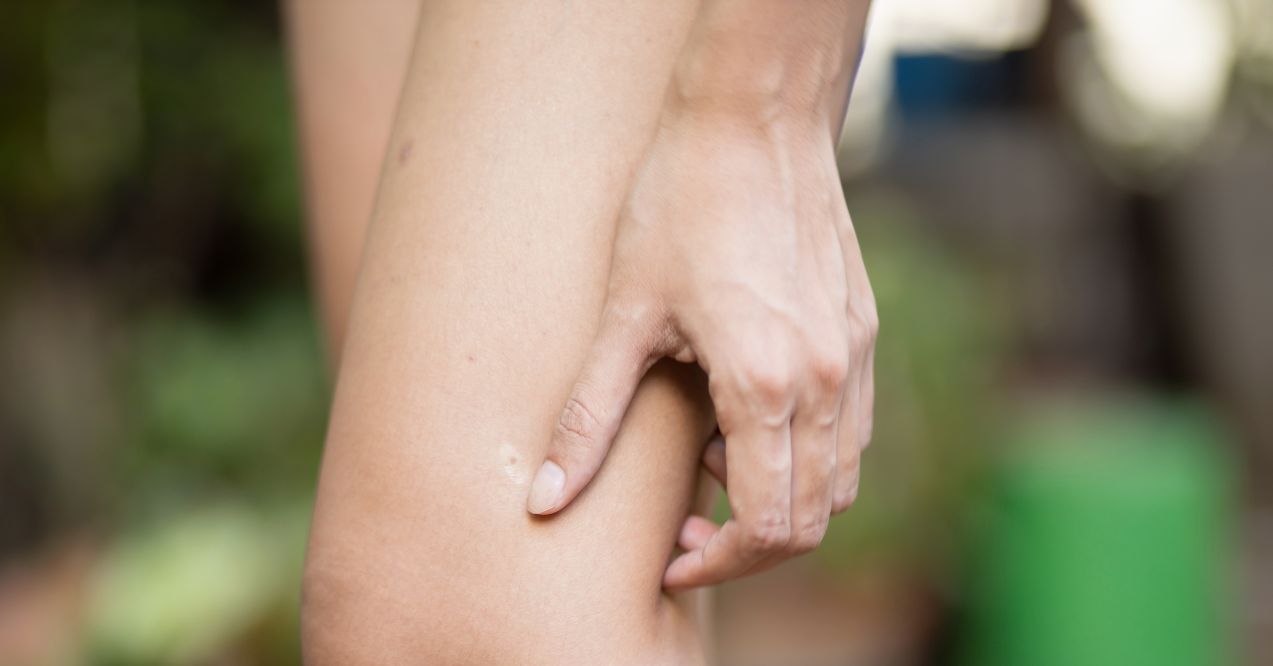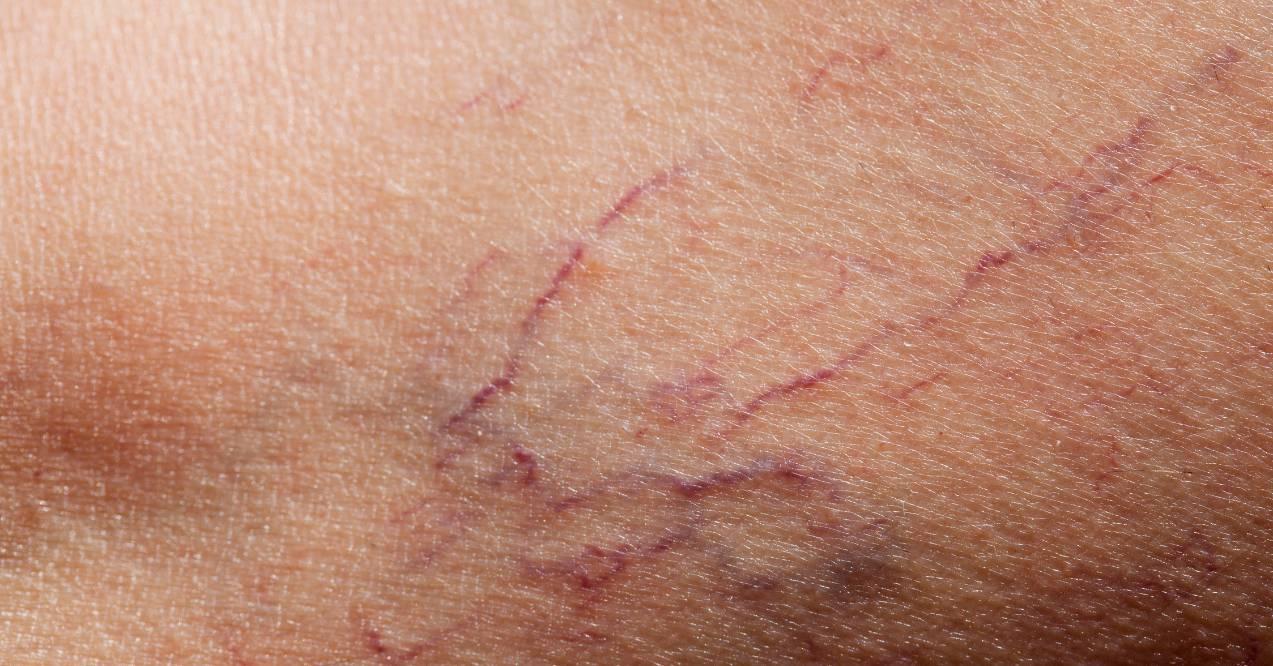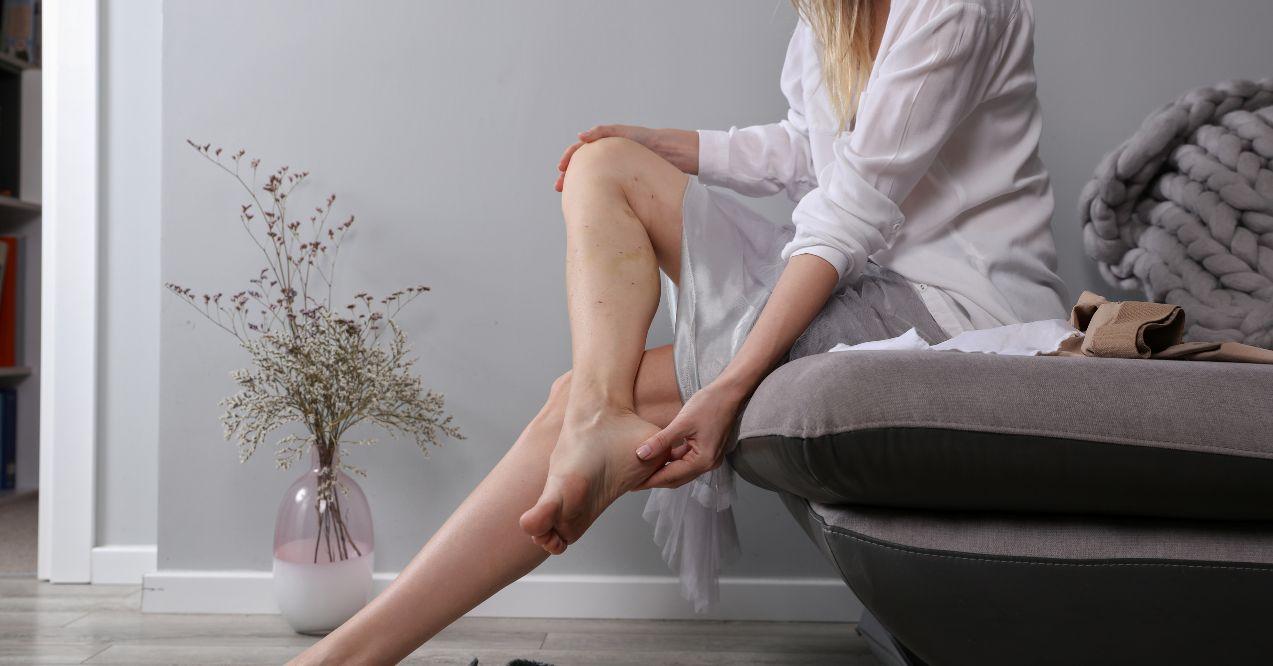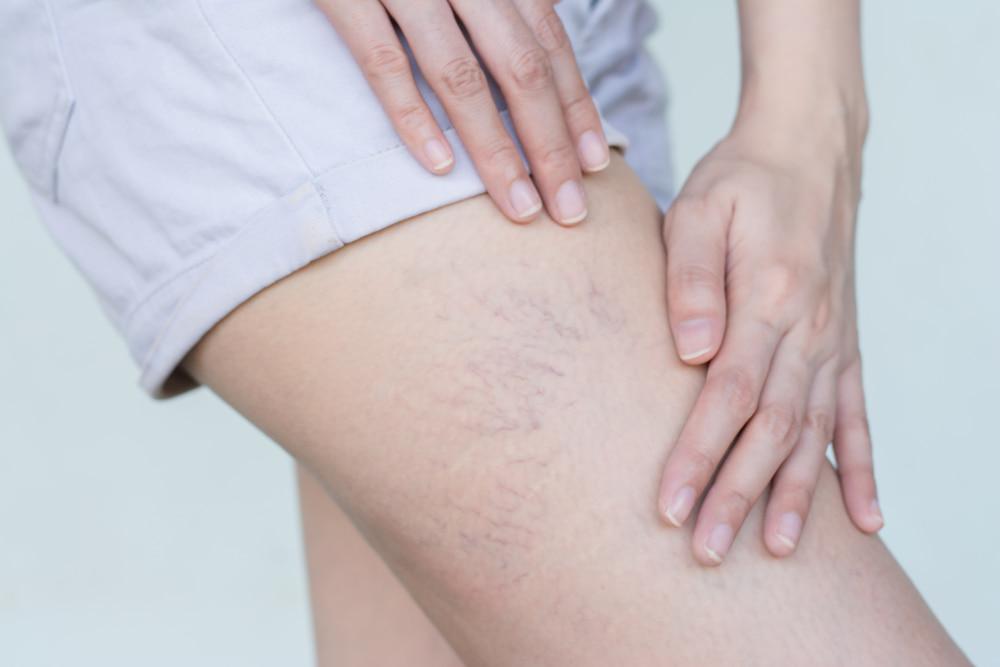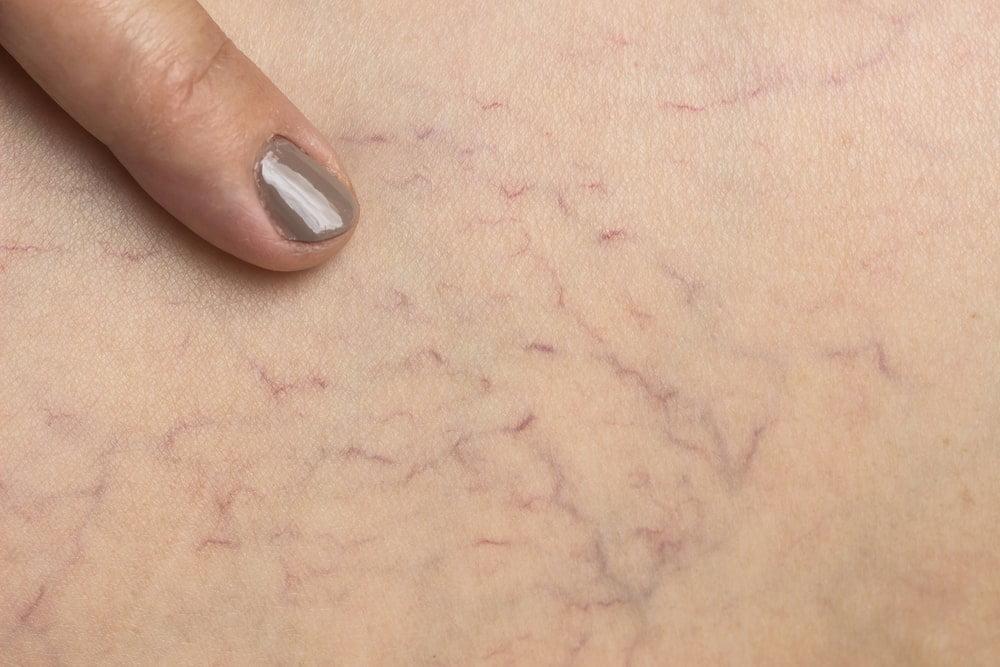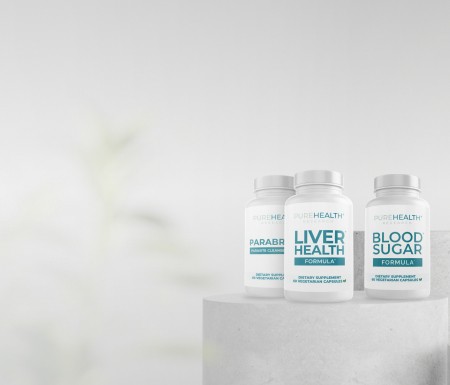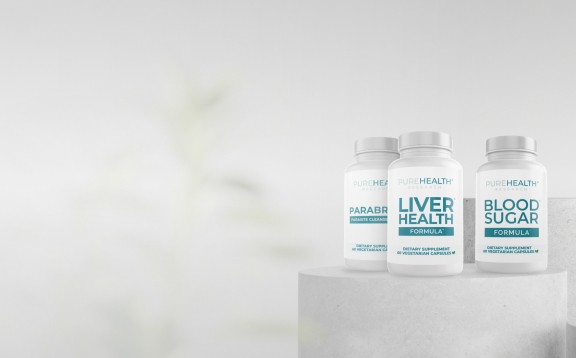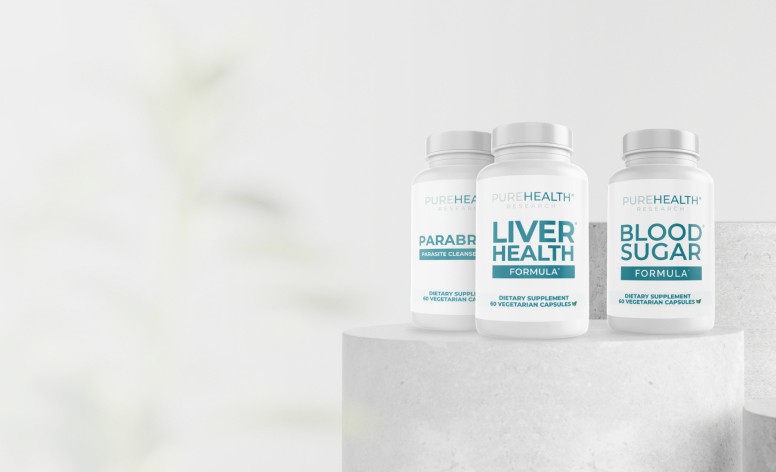How to Cover Spider Veins on Legs? 4 Best Tips
In this post we will share some proven techniques that can help make spider veins less conspicuous. Read on now!
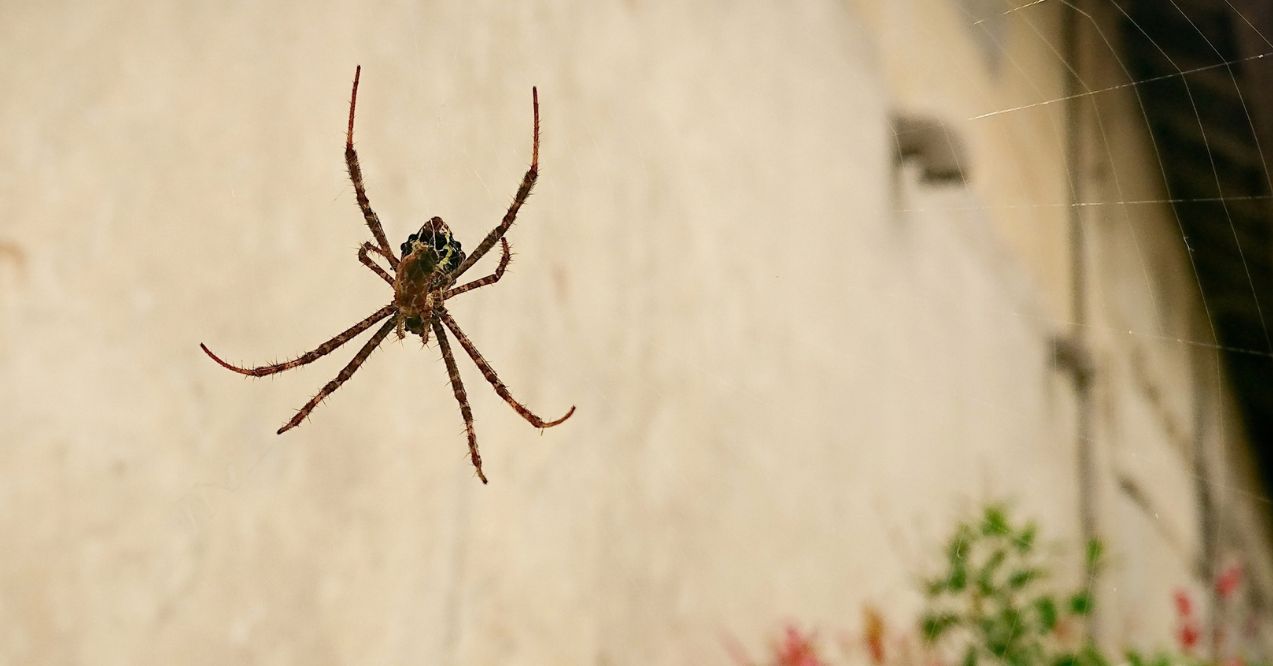

How to cover spider veins on legs is the kind of concern that has assaulted many over the years. Those who have suffered or still suffer from this condition will tell you just how difficult it is to show up in shorts or dresses at an event. The fear of exposing large ropey veins running down the back and side of your legs can be unbearable.
Spider veins can pop up due to a variety of reasons. They often develop in the legs but can also appear almost anywhere in the body. Their main issue is that they are easily viewable through the skin, creating a painful reminder of their existence that complicates social matters and drags a series of other symptoms with them. Simply put, whether for cosmetic reasons or not, spider veins are a condition you don’t want to suffer from.
If you are suffering from this condition and wondering how to cover spider veins on your legs, you are in the right place. Here, we will share some proven techniques that can help make spider veins less conspicuous. But first, let’s understand what exactly they are and how they occur.
What Are Spider Veins?
Spider veins, also known as telangiectasias, are dilated blood vessels that often appear close to the skin surface. While they can appear in any part of the body, the most frequent places are behind the legs, thighs, ankles, and face. The name “spider veins” comes from their spider web-like appearance. These tiny blood vessels often appear blue, red, or purple. Besides the colors, the veins also exist in varied sizes. Some people may have larger veins, while others show tiny or unnoticeable ones.
Are spider veins dangerous? Even though they may cause cosmetic discomfort, they are generally harmless. However, they may cause itching, aching, or irritation occasionally. When you start experiencing these symptoms, seeking professional assistance is the way to go.
Primary Causes and Risk Factors of Spider Veins
Spider veins can appear due to various reasons. They include the following:
- Genetic Factors – If there’s someone in your family lineage who suffered from this condition, there might be an increased likelihood for you to develop it.
- Age – Spider veins tend to be more common among older people. As people age, veins lose elasticity, leading to dilation, and the skin thins, making spider veins easier to see.
- Prolonged Standing or Sitting – If you work in an occupation that requires you to be sitting or standing for long hours, you could develop spider veins much more easily.
- Hormonal Changes – Changes in hormone behavior can also predispose individuals to spider veins. This aspect is particularly true for pregnant mothers, older women undergoing menopause, or those using birth control pills.
Spider Veins vs. Varicose Veins

In essence, spider veins vs varicose veins is an often discussed topic as these are closely related terms. In fact, people tend to use them interchangeably since they have a lot in common. For example, they both appear behind the legs. Also, they both originate from the same root cause, which is the malfunctioning of the blood vessels and valves. Even the events such as pregnancy and other hereditary factors can worsen both varicose and spider veins.
Despite the similarities, spider and varicose veins have unique differences. Varicose veins are twisted blood vessels that are raised and swollen beneath your skin. Comparatively, spider veins are smaller in size and happen due to weakness or damage to the superficial blood vessels. Besides that, spider veins can be harmless, while varicose veins may cause severe discomfort.
How to Cover Spider Veins on Legs
It is true spider veins can affect your confidence and self-esteem. If their appearance affects you, opting to cover them up may be a worthwhile solution. Therefore, read on to discover how to cover spider veins on legs with makeup.
Tip 1: Use Body Concealer
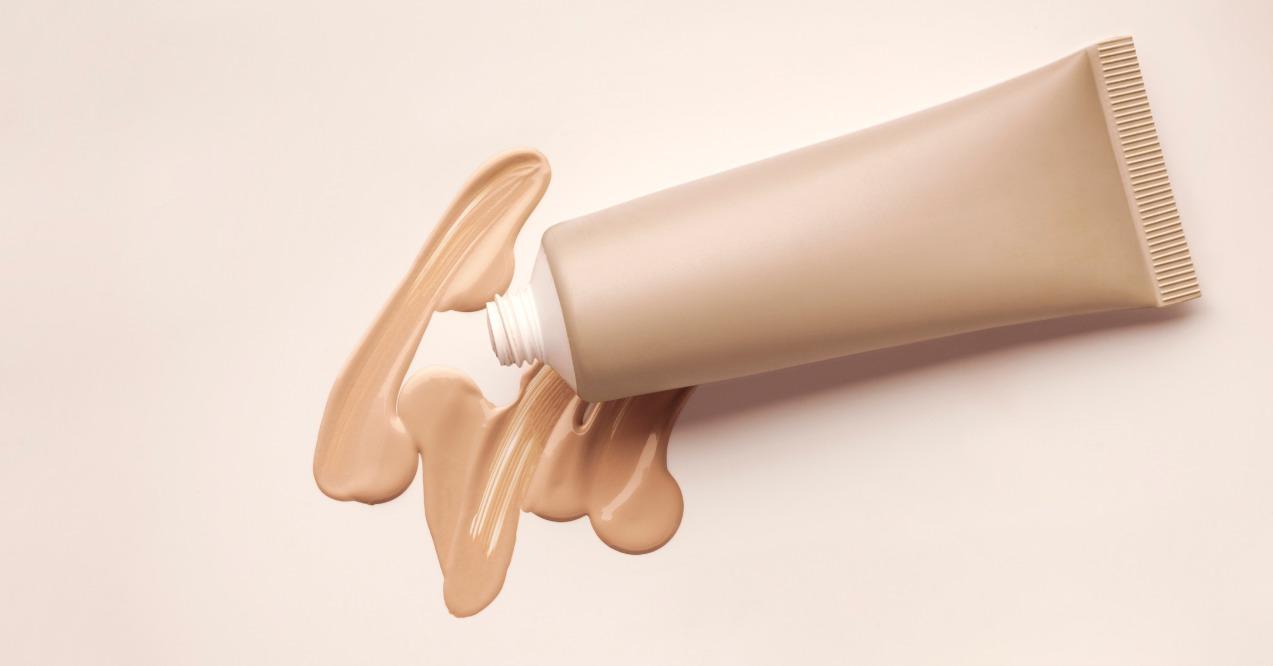
The first covering technique deemed beneficial is using body concealers. Body concealers are cosmetic products designed with thicker textures to hide various skin imperfections, including scars and discolorations. Over the last few years, people have also started to use these products to conceal spider veins on face as well as other body parts.
While there are many types of body concealers, you need to choose the right skin shade for better results. When you have the right one, you should prepare your skin by making it clean and moisturized. Then, gently dab small amounts of the concealer on the affected areas using a makeup sponge. When applying the product, you must be careful enough not to press it too hard as it may cause skin irritations.
Tip 2: Use Self-Tanning Lotion
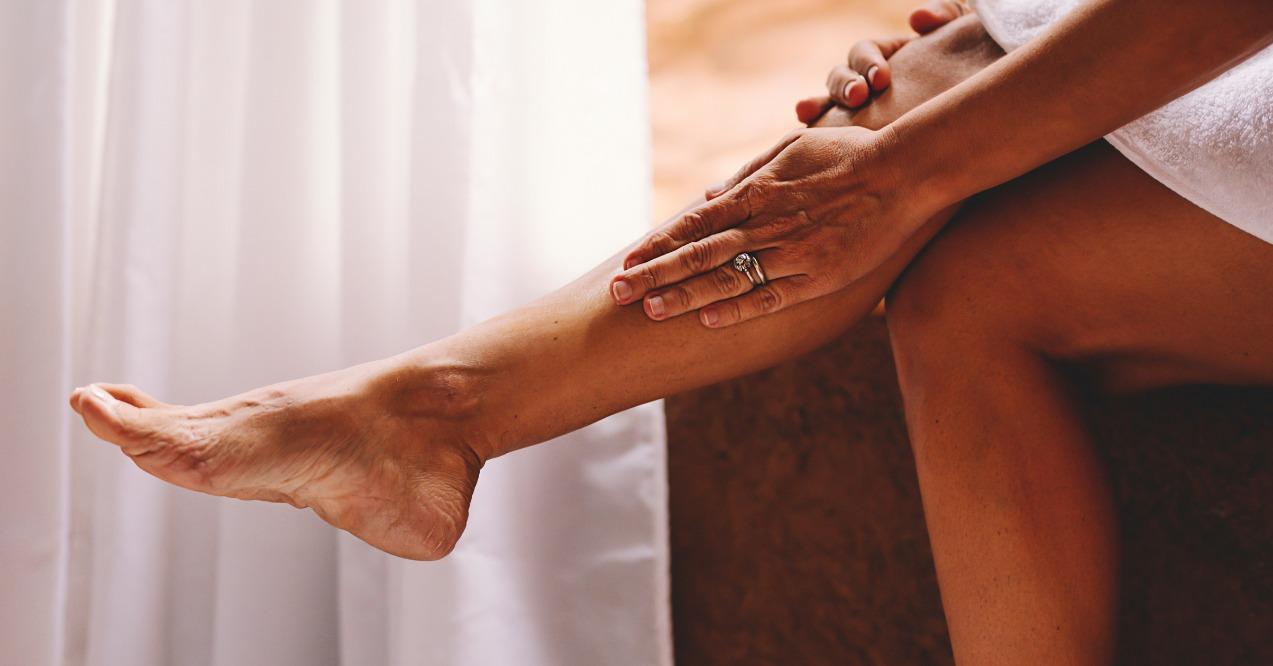
Besides using a body concealer, self-tanning lotions can also reduce the prominence of spider veins on your legs. The advantage of these lotions is that they offer a natural, bronzed look to the skin. In order to use this technique effectively, you need to first exfoliate the affected area to remove the dead skin cells. The success of self-tanning largely depends on exfoliation, a process that leaves a smooth skin surface for applying the lotion.
After applying the lotion to the desired areas, you have to let it dry out before using a moisturizing coat. The drying process usually takes about 15 minutes. If properly applied, the self-tanner will leave no traces of spider veins, giving you the confidence you deserve.
Tip 3: Improve Blood Flow
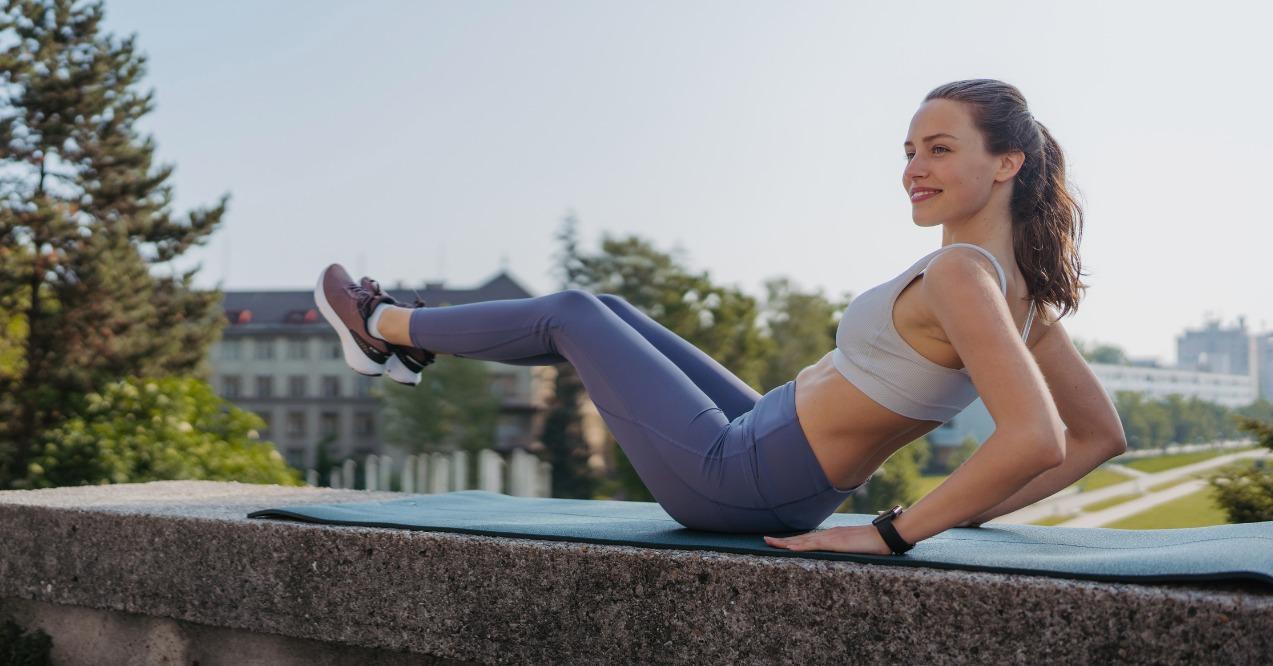
While this is obvious, exercise is always good for your overall health. According to studies, doing regular exercises will improve blood flow and arterial pressure, preventing blood from pooling in your leg and forming spider veins. Some of the most recommended forms of exercise for improving circulatory blood flow include walking, yoga, cycling, and swimming. That aside, you can also practice pelvic floor exercises such as leg elevations to assist with blood flow in the legs. Last but not least, you can have a gentle leg massage to release discomfort caused by spider veins and stimulate blood flow.
Tip 4: Wear Compression Stockings
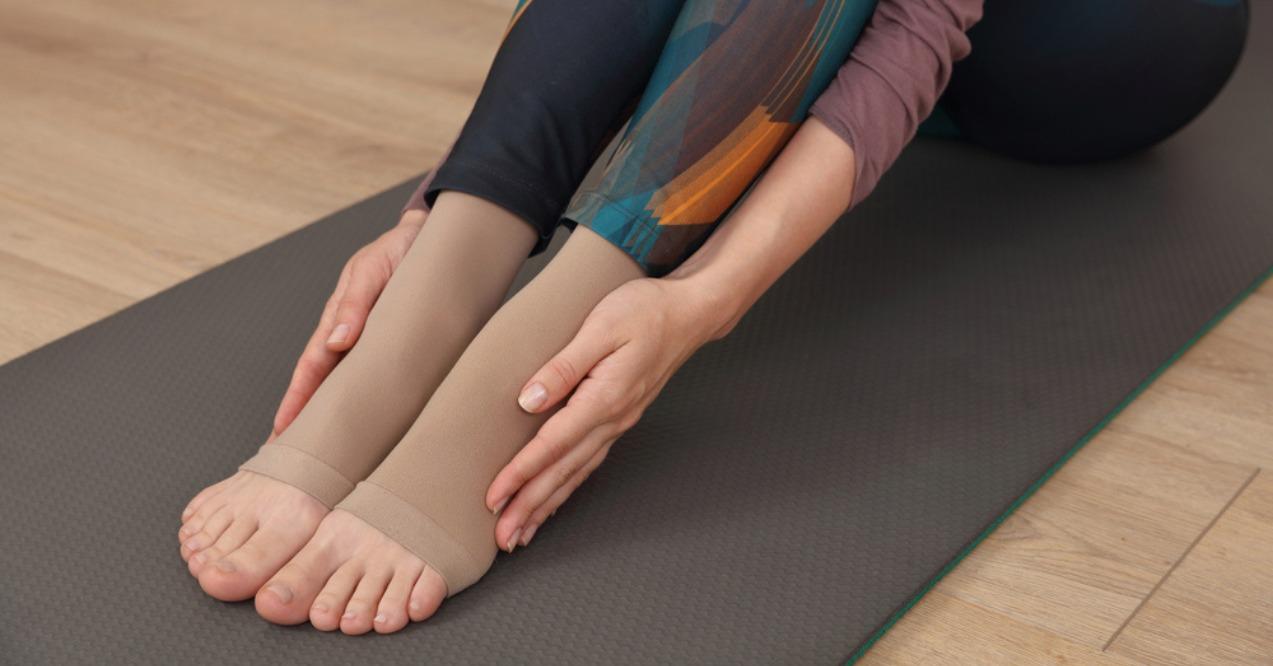
Compression stockings help support the venous system in the legs. They provide more pressure in the ankles, squeezing blood in the lower part of the leg and facilitating easy blood movement upwards towards the heart. This characteristic helps reduce venous pressure, improving blood circulation in the legs. Eventually, you will notice a reduced visibility of the spider veins. But before using this method, always learn how to wear the stockings properly. Also, you may want to use them regularly for better results. If the pair of stockings loses effectiveness, you may want to replace them as the professionals recommend.
How to Prevent Spider Veins?
Preventing spider veins is usually hard, especially if it runs in your family DNA. Nonetheless, this shouldn’t lower your hopes. There are several ways you can reduce the risks of developing this condition. Most of these ways involve a combination of lifestyle changes and habits that improve circulating blood flow.
Supportive Wear
If you suspect you are at high risk of developing spider veins, wearing compression socks could significantly prevent the condition from developing. These stockings apply more pressure around the ankle, foot, and lower part of the legs, facilitating the smooth flow of blood back to your heart, thereby reducing the progression of spider veins. Despite being an effective process, it needs professional intervention. Plus, you also need to look for stockings with the right compression level.
Lifestyle Adjustments
If you are wondering how to cover spider veins on legs, first and foremost, you need to ensure a healthy body weight. People with excessive weight exert a lot of pressure on their leg muscles. Therefore, shaving off some weight minimizes the strain on your legs and improves blood flow. This approach significantly reduces the chances of spider veins forming.
The second lifestyle change to consider is having routine physical exercise. Exercise is good for your overall health. That’s public knowledge! However, many don’t know that low-impact exercises effectively prevent spider veins from forming. These forms of exercise, such as walking, biking, or yoga, can strengthen your leg muscles and help maintain healthy veins.
The other lifestyle adjustment worth practicing is elevating your legs when sitting. Many people will find comfort in crossing their legs when seated or relaxing. Unfortunately, this practice is not recommended for people fighting spider veins. Instead, you should practice leg raising at an inclined position, as this allows blood pooled in the legs to flow back to the heart for recirculation.
For those who work in occupations that require long sitting or standing hours, you should start taking short breaks of about 30 minutes. Staying in these positions for extended periods can make blood pool in the leg veins, putting you at risk of developing this condition. At the same time, you should try as much as possible to avoid tight clothing, especially around the waist or groin, because it can restrict blood flow in the leg area, leading to spider vein development.
Finally, you should limit alcohol intake. If you have alcohol use disorder, you should know that excessive consumption can dilate blood veins, including those on your legs. However, if you stop or moderate alcohol in your system, the functioning of your blood vessels significantly improves.
Professional Consultations
An excellent way to prevent the development of spider veins in your legs is by having routine check-ups with healthcare professionals. This way, they can evaluate your current state and determine if you are at risk of developing this condition. Likewise, if you’re already developing some early symptoms, they can assist and guide you toward the best strategies you can implement to stop or minimize their appearance.
It’s best to treat spider veins when they’re just forming. If left unchecked, they can become more severe, bringing muscle cramping, itchy or burning feelings in the legs, or even severe discomfort. As such, to prevent this from happening, a regular professional consultation can help put your mind at ease.
Skin Care Regimens
Maintaining a healthy skin appearance is another valuable thing worth considering. A robust skin care regimen not only addresses external beauty but also influences the resilience of your blood vessels. A better example of a skincare product is sunscreen. When properly applied, these products can prevent UV rays that cause the dilation of blood vessels in the exposed body parts.
Besides using sunscreen, you can also think of limiting the use of hot baths and saunas. While it is true these hot baths can be relaxing, they can cause dilation of veins beneath the skin surface. Therefore, limiting the frequency and duration you spend on these sessions can help maintain healthy veins. At the same time, you need to ensure that your skin cleaning products are mild and gentle enough to protect your skin’s delicate vessels and capillaries.
Natural Supplements
Spider veins aren’t just cosmetic blemishes; they signal potential underlying vascular challenges. While temporary solutions abound, optimizing venous health by harnessing nature’s gifts is a smart plan.
VenEase is a unique blend crafted to support vein health throughout the body. This formula doesn’t merely address existing issues; it’s designed to fortify and alleviate symptoms. By prioritizing venous function integrity, VenEase works diligently to strengthen tone and flexibility in your veins to promote healthy blood flow. With daily intake, you minimize the appearance of spider veins by encouraging venous stability and healthy, attractive skin. .
Its secret? A powerful blend of horse chestnut extract, rutin, and butcher’s broom extract makes it one of the best supplements for vericose veins and other issues. Two capsules daily, and you’re leveraging nature’s best defenses against vascular complications.
Key Takeaways
Spider veins are a condition that can affect anybody. However, it has a higher prevalence in certain groups of people, such as pregnant women, the elderly, and overweight. Even though the condition is generally harmless, there are situations when it can get bothersome and cause severe discomfort. It can also put a dent in your confidence when you have large, ropey veins running through your legs.
If you are wondering how to cover spider veins on legs, many of the above methods could help you. You can choose to use body concealer, self-tanning lotion, wear compression stockings, or use specialized products such as VenEase. Alternatively, you can also use a variety of supportive wear, make lifestyle adjustments, routinely check with your doctor, or modify your skincare regimen to try to catch this condition before it happens. Either way, all the techniques discussed here will be valuable whether you want to flaunt your legs or feel comfortable in shorts or dresses.
Yes, you can use regular makeup to cover spider veins. However, they may be less effective than specialized concealers. The reason is that these special cosmetics contain more resilient formulations and can handle unique skin imperfections. Therefore, consider using body concealers for better results.
Diet and exercise are lifestyle practices that can significantly reduce the appearance of spider veins. Healthy diet containing fiber and antioxidants can support healthy blood vessels, circumventing spider veins from developing. Simultaneously, regular exercise can strengthen vessel muscles.
Age does have a major impact on the visibility of spider veins. First, the skin and veins lose collagen and elasticity with age, resulting in a thinner skin layer and weaker, more dilated veins, which make the veins beneath more visible. Further, age-related hormonal changes, such as those experienced at menopause, can cause dilation and the development of spider veins.
When the veins are hereditary, preventing their development may not be guaranteed.
Sign up for our Healthy Living newsletter!
Advertisement. This site offers health, wellness, fitness and nutritional information and is designed for educational purposes only. You should not rely on this information as a substitute for, nor does it replace, professional medical advice, diagnosis, or treatment. If you have any concerns or questions about your health, you should always consult with a physician or other health-care professional. Do not disregard, avoid or delay obtaining medical or health related advice from your health-care professional because of something you may have read on this site. The use of any information provided on this site is solely at your own risk.
